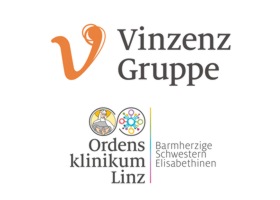Development and validity evidence of an objective structured assessment of technical skills score for minimally invasive linear-stapled, hand-sewn intestinal anastomoses: the A-OSATS score.Tools Schmidt, Mona W und Haney, Caelan M und Kowalewski, Karl-Friedrich und Bintintan, Vasile V und Abu Hilal, Mohammed und Arezzo, Alberto und Bahra, Marcus und Besselink, Marc G und Biebl, Matthias und Boni, Luigi und Diana, Michele und Egberts, Jan H und Fischer, Lars und Francis, Nader und Hashimoto, Daniel A und Perez, Daniel und Schijven, Marlies und Schmelzle, Moritz und Soltes, Marek und Swanstrom, Lee und Welsch, Thilo und Müller-Stich, Beat P und Nickel, Felix (2022) Development and validity evidence of an objective structured assessment of technical skills score for minimally invasive linear-stapled, hand-sewn intestinal anastomoses: the A-OSATS score. Surgical endoscopy, 36 (6). pp. 4529-4541. ISSN 1432-2218 Für diesen Eintrag wurde kein Volltext-Dokument angefügt.
|
||||||||||||||||
|
|
|
|


 Tools
Tools Tools
Tools